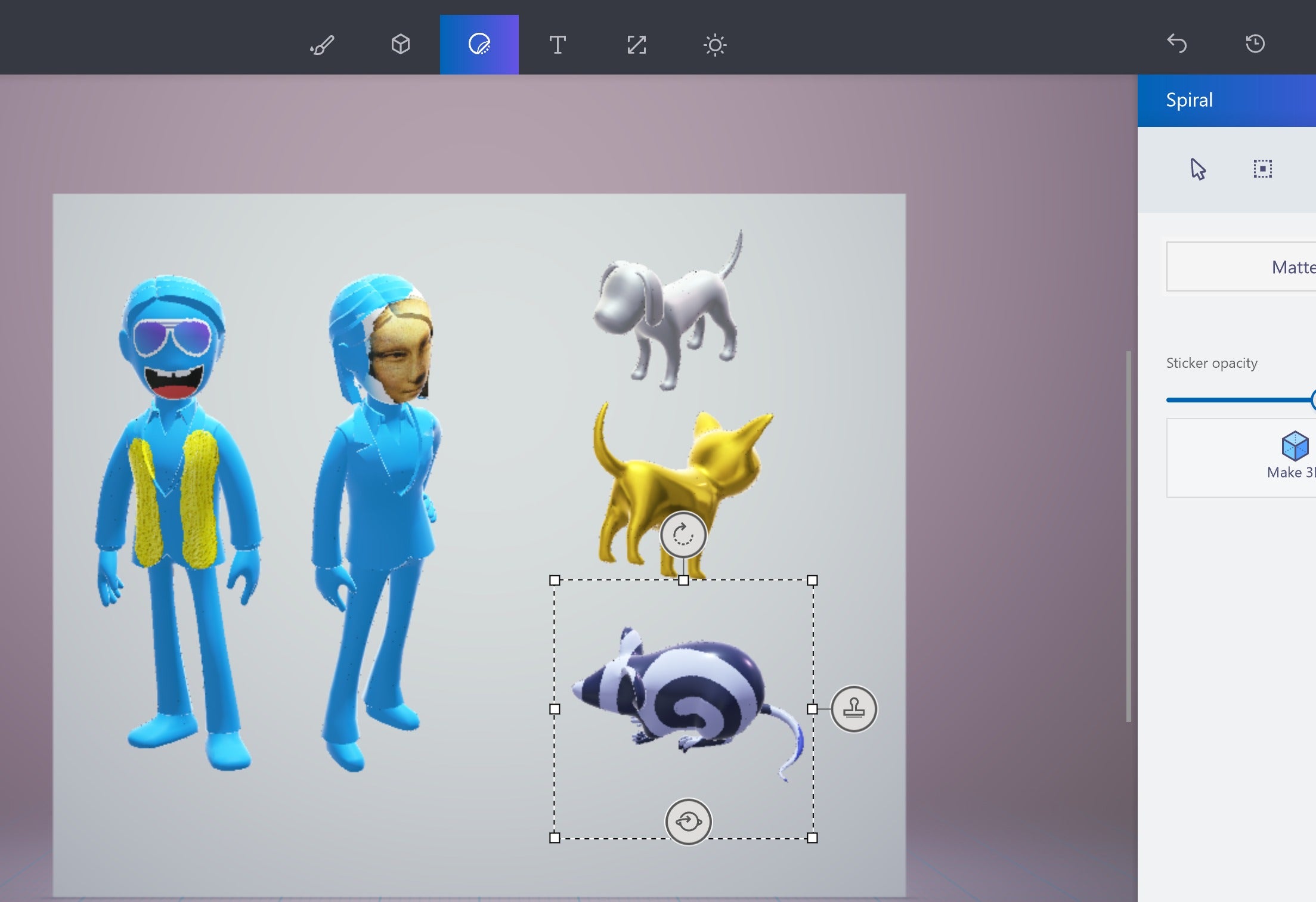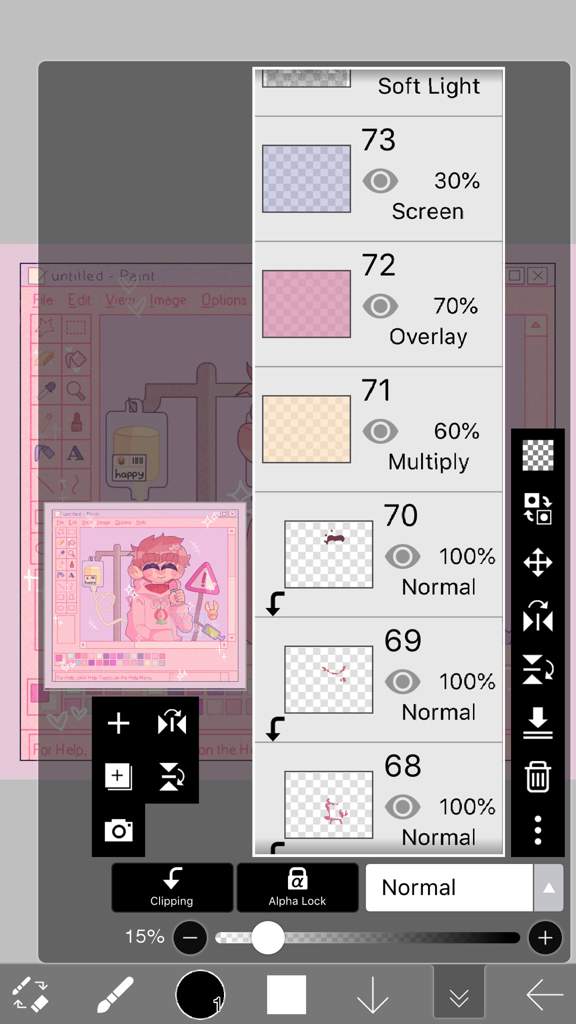
With the addition of layers, moving things on top of each other has become a trivial task. In Microsoft Paint, it was possible to use the Selection tools to place on object on top of another, but once that had been done, it was next to impossible to seperate the two objects again, unless you were prepared to clean up the operation afterwards with a careful and tirsome application of the Paintbrush.

Anti-aliasing can be enabled and disabled at will. I didn't immediately notice, and when I did I wasn't expecting it to change much, but the final picture is a lot more pleasing to the eye. More precisely, the lines no longer go directly from black to white, but pass through intermediate stages of grey. As you can see in the above image, the lines on the left-hand side look "softer" than those on the right. To give you an idea, I shall go through the different things that make Paint.NET so much better than its ancestor. But before soon, I realised how many nice features had been added to this newer version, and I started enjoying myself. Some controls were different from the original version, and there suddenly was a lot more to take into account before you could start drawing. Initially, I wasn't pleased with Paint.NET. I then spent several hours today playing around with it, and I now feel confident enough to compare the two in a reasonably objective manner. Now, yesterday, I decided to download Paint.NET, an "updated", version of Paint, developed in 2004, and available for free on the Internet.

It's very old, and has remained virtually untouched since Windows 95, so in some senses the editing is quite primitive for example, once a line has been drawn, it is impossible to edit it in any way, like you can in Photoshop. I've drawn these using Microsoft Paint, the free software that comes with every Windows OS.

As Vincent and other loyal readers may have noticed, I sometimes accompany my posts with a picture I've made.


 0 kommentar(er)
0 kommentar(er)
